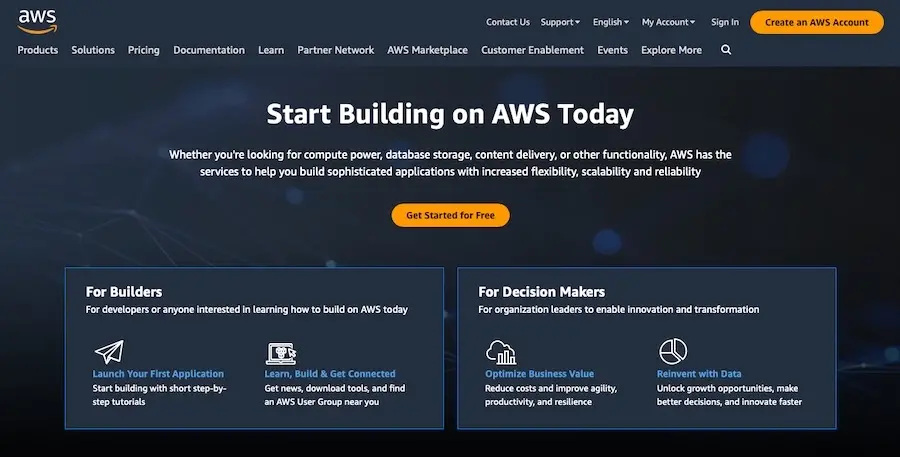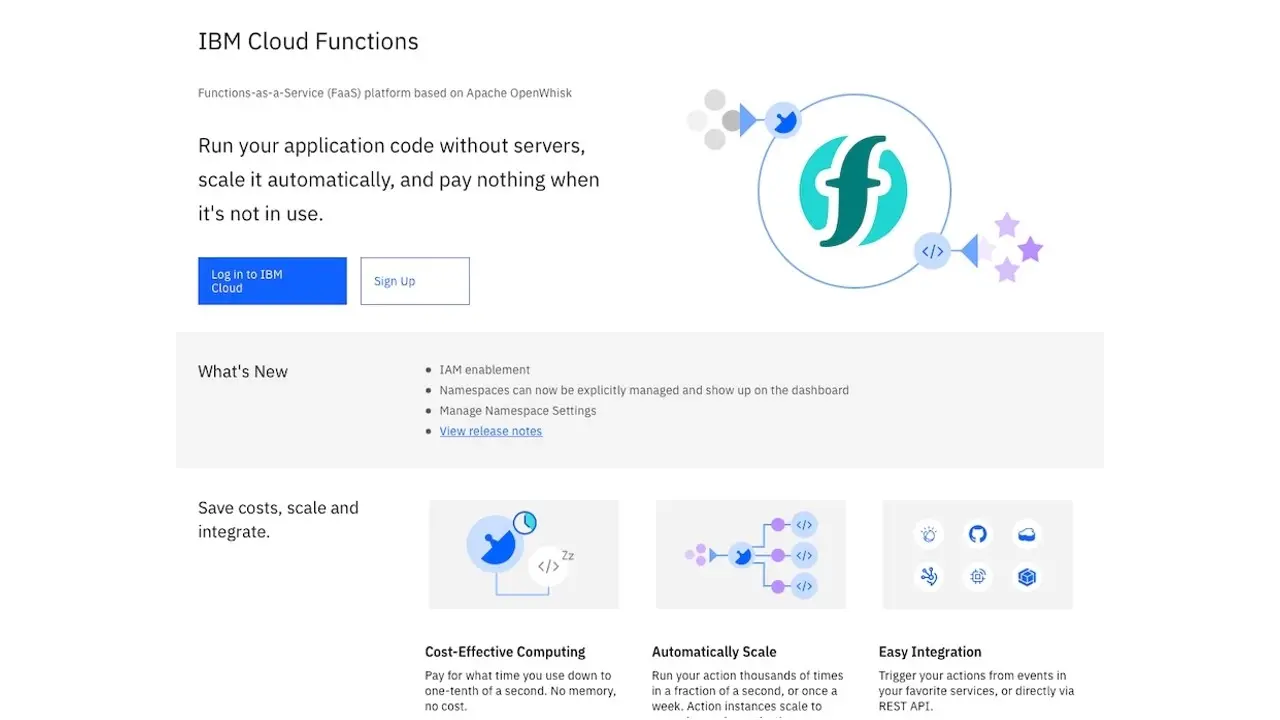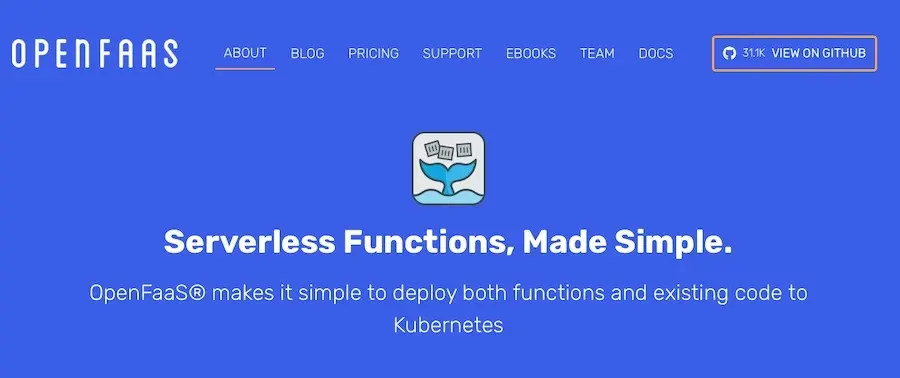In the early days of the internet, traditional server architectures were the norm. Businesses owned and operated physical servers, which were housed in data centers. These servers were expensive to purchase and maintain, required a significant amount of energy to run, and needed a dedicated IT team to manage and troubleshoot them. This model, while functional, was far from efficient.
Then came the cloud computing revolution, which fundamentally changed the way businesses approached server management. Instead of owning physical servers, businesses could now rent server space from companies like Amazon, Google, and Microsoft. This model, known as Infrastructure as a Service, allowed businesses to scale their server resources up or down as needed, resulting in significant cost savings and increased flexibility.
However, even with the advent of cloud computing, businesses were still responsible for managing their servers, albeit virtually. This is where the focus of our discussion here today picks up: serverless architecture.
Serverless architecture represents a significant shift in the way applications are built and deployed, removing the need for businesses to manage servers altogether.
Let's get into it.
What is Serverless Architecture and How Will it Impact the Future of Application Development?
Despite its somewhat misleading name, serverless architecture does, in fact, involve servers. The term "serverless" simply means that organizations no longer need to manage or allocate servers to run their applications. Instead, a third-party service – a cloud provider – takes care of all the server management. In a serverless model, your application's code is executed only when needed, and you're charged only for the compute time you consume.
This is a significant departure from both traditional server-based architectures and cloud-based IaaS models, where you pay for server space regardless of whether or not you're using it.
At its core, serverless architecture is primarily composed of two elements: Function as a Service (FaaS) and Backend as a Service (BaaS).
Let's break down these concepts.
FaaS is the concept of server-side computing where application development is fully insulated from the servers. The serverless provider runs the server, and the operating system, and the application developers just need to worry about their code.
BaaS refers to third-party services that take care of the backend side of things, such as databases, user authentication, and cloud storage.
The Benefits of Going Serverless: Why Businesses are Making the Switch
Serverless architecture comes with a host of benefits that are driving businesses to make the switch.
Generally Cost-Effective
Because you only pay for the compute time you use, you can potentially save a significant amount of money compared to traditional server-based or IaaS models.
Automatic Scaling
Serverless architecture scales automatically to meet your application's demand. Your serverless provider will automatically allocate additional resources to handle a sudden increase in traffic on your application. This automatic scaling can prevent your application from crashing due to a sudden influx of users.
Reduces Operating Costs
Serverless architecture reduces operational concerns. Because the serverless provider takes care of all the server management, your IT team can focus on developing and improving your application rather than managing and troubleshooting servers.
Can Enable Faster Time to Market
Because developers can focus on writing code rather than managing servers, they can potentially develop and deploy applications more quickly.
Broader Compatibility
Serverless architecture is compatible with event-driven and microservices architectures. This makes it a versatile choice for modern applications that need to be highly responsive and scalable.
The Potential Pitfalls of Serverless Architecture
Despite its many benefits, serverless architecture isn't without its drawbacks.
Cold Start
One of the most commonly cited drawbacks is the "cold start" problem. When a serverless function is invoked after being idle, it can take a noticeable amount of time to start up, which can result in a delay in application response times.
Difficulty Switching Providers
Another potential drawback is the risk of vendor lock-in. Because your application is tied to the service provider's infrastructure, it can be difficult to switch providers if you're unhappy with their service or if you find a better deal elsewhere.
Testing is Difficult
Local testing and debugging can also be challenging with serverless architecture. Because your application is running on the serverless provider's infrastructure, you don't have the same level of access and control as you would with a traditional server or IaaS model.
Security Issues
Security can also be a concern with serverless architecture. Because the service provider has access to your data, there's a risk that your data could be compromised if the provider's security is breached.
Limits on Resources
Finally, there are resource limits imposed by the serverless provider. These limits can restrict the amount of compute time, memory, and storage your application can use, which can potentially limit your application's performance.
Use Cases and Applications
Serverless architecture is particularly well-suited to several use cases. One of the most common use cases is real-time file processing.
For example, if you have an application that needs to resize images or transcode videos, you can use serverless functions to perform these tasks on the fly as users upload their files.

Image source: Unsplash
Microservices – small, independent services that work together to form a larger application – can also be implemented as serverless functions. This can make your application more scalable and cost-effective, as each microservice can scale independently based on demand.
Real-time data streaming and processing is another area where serverless architecture shines. If your application needs to process a continuous stream of data in real time – for example, to provide real-time analytics or to monitor IoT devices – serverless functions can be an effective solution.
Chatbots and virtual assistants, which need to respond to user inputs in real time, can also benefit from serverless architecture. And IoT backends, which need to handle a large number of connections and a high volume of data, can be more scalable and cost-effective with serverless architecture.
The Major Players in Serverless Architecture: Who's Leading the Charge?
Several key players are leading the charge in serverless architecture.
Amazon Web Services (AWS)

Amazon Web Services (AWS) was the first major cloud provider to offer serverless computing with the launch of AWS Lambda in 2014. Lambda allows developers to run their code without provisioning or managing servers, and it automatically scales applications in response to incoming traffic.
Google Cloud Functions

Google Cloud Functions is Google's serverless platform. It allows users to run their code in response to events, and it includes features such as automatic scaling and integrated monitoring.
Microsoft Azure Functions

Microsoft Azure Functions is Microsoft's serverless offering. Like AWS Lambda and Google Cloud Functions, it provides developers with a way to build applications without managing servers, and it automatically scales up or down based on demand.
IBM Cloud Functions

IBM Cloud Functions is IBM's serverless platform, which allows users to run their code in response to events without managing servers. It includes features such as automatic scaling and integrated monitoring.
Open-Source Options

Finally, there are a number of open-source solutions for serverless computing, including OpenFaaS and Apache OpenWhisk. These open-source platforms provide developers with a way to build serverless applications without using proprietary cloud services.
The Road Ahead: What Does the Future Hold for Serverless Architecture?
The future of serverless architecture looks bright. As more businesses become aware of the benefits of serverless architecture – and as the technology itself continues to evolve and mature – it's likely that we'll see an increasing number of applications being built on serverless platforms.
One of the most exciting aspects of serverless architecture is its potential to change the way we think about software development. With serverless architecture, developers can focus on writing code and building applications, rather than managing and troubleshooting servers. This could lead to a significant increase in productivity and innovation.
Embracing Serverless Architecture for Your Projects
Serverless architecture represents a significant shift in the way applications are built and deployed. And by removing the need for businesses to manage servers, serverless architecture offers numerous benefits – including cost savings, automatic scaling, and a faster time to market.
However, like any technology, serverless architecture isn't without its challenges. Businesses considering making the switch to serverless need to be aware of potential drawbacks, including the cold start problem or vendor lock-in.
Despite these challenges, the benefits of serverless architecture are compelling. And with companies like Verpex Hosting offering robust and reliable cloud hosting solutions, businesses of all sizes can start reaping the benefits of serverless architecture today.
Whether you're a small startup or a large enterprise, Verpex Hosting can provide the serverless infrastructure you need to build and deploy your applications quickly, efficiently, and cost-effectively.
Frequently Asked Questions
Where are Verpex servers?
Anyone looking to make use of our top-end packages and server subscriptions will be happy to know that we can deploy to basically anywhere around the world. In fact, we deploy to over 12 global locations.
Why are web servers important?
Web servers are a vital part of the internet, as they are necessary for hosting websites. Without a web server, your website would not be able to function, as there would be nowhere to store and transmit the data to visitors' computers. Web servers are essentially computers that are responsible for handling this data.
Can my server host any site?
We do place some restrictions on what can be hosted through our reseller servers, though there are only a few instances. These include typical tube sites, copyrighted content, P2P sharing, and crypto mining. Simply ask us and we’ll let you know what’s on the cards and what isn’t; we’re always available.
How do I access the cloud server?
You can access a cloud server through a remote connection over the internet with your login credentials (such as a username and password), as well as a valid connection to the internet. Cloud providers offer a variety of remote access methods, including secure shell (SSH) for command-line access, remote desktop protocol (RDP) for graphical access to a Windows server, or a web-based control panel for managing your cloud resources.

Brenda Barron is a freelance writer and editor living in southern California. With over a decade of experience crafting prose for businesses of all sizes, she has a solid understanding of what it takes to capture a reader's attention.
View all posts by Brenda Barron




















